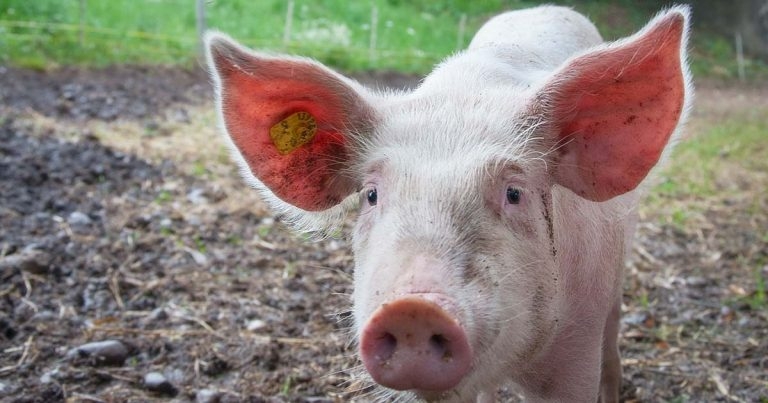6 May 2021
Two projects tackling three livestock viruses secure £3 million funding they need to move forwards.

Two projects to improve pig and cattle health, led by researchers at The Pirbright Institute, have secured a total of €3.5 million (£3.03 million) to move forwards.
The research is into three important livestock viruses – bovine respiratory syncytial virus (BRSV) in cattle, and porcine reproductive and respiratory syndrome virus (PRRSV) and African swine fever virus (ASFV) in pigs.
The first project, called NEOVACC, will receive €2.1 million (£1.82 million) to develop vaccine strategies to protect newborn animals against BRSV and PRRSV. The latter disease is one of the most damaging to the global pig industry, with annual losses in Europe of €1.5 billion (£1.3 billion).
NEOVACC, led by Pirbright’s Simon Graham and involving six research partners, will work on targeting vaccines to newborn immune systems.
Prof Graham said: “We are excited to begin work on the NEOVACC project. The consortium brings together a range of complementary expertise and knowledge to apply to our novel vaccine strategies, which we hope will provide young animals with enhanced protection against two important endemic diseases.”
The second project, called ASFVInt, focuses on identifying the roles of around half of the 150 to 170 genes contained in the ASFV genome. The deadly pig disease was estimated to have caused China US$141 billion (£101.33 billion) in direct economic losses in 2019, and the spread of ASF to UK and EU countries would be detrimental.
Co-led by Pirbright’s Chris Netherton, six partners will receive €1.4 million (£1.21 million) to investigate 80 ASFV genes and decipher what they each do during infection. They will use the data to look for specific genes important to replication or that the virus uses to avoid the pig immune response – helping future antiviral or vaccine development work.
Dr Netherton said: “Control measures against ASFV are limited by our relatively poor understanding of how ASFV manipulates the host immune response. The ASFVint project will help fill this gap by bringing together expertise from a range of disciplines brought by partners drawn from across Europe.
“Together we hope to build a road map which helps uncover novel ways to combat this fascinating but dangerous virus.”
The projects were funded through the International Coordination of Research on Infectious Animal Diseases Transnational Collaborative Research Project.
Both projects involve the collaboration of multiple research organisations within the EU.